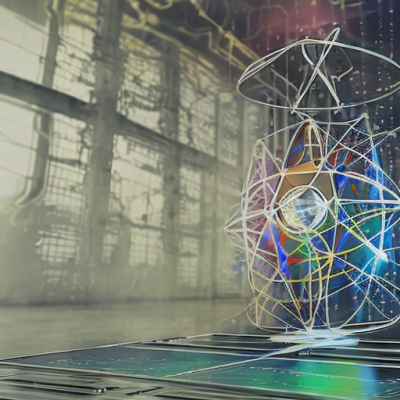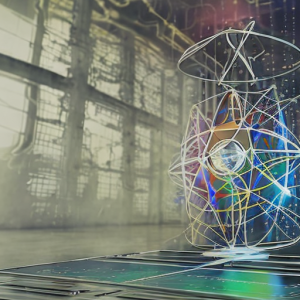We investigate the properties of various macroscopic quantum phenomena: superfludity, supercondictivity, Bose-Einstein condensation, and laser coherence. In particular, the main topics of our research activity are: BCS-BEC crossover with ultracold atoms, topological stuctures in neutral and charged superfluids, macroscopic quantum tunneling with Josephson junctions, and quantum physics in curved geometries.
We adopt different theoretical tools, among them: quantum statistical mechanics, effective quantum field theories, path integral and functional integration, and many-body theory.
We use both analytical and numerical techniques, always comparing our theoretical results with empirical data.


Quantum mechanics is considered the door for the next technological revolution.
A fast developing branch in the field of quantum technologies is to improve all quantum information protocols and algorithm. On the other side, quantum simulation allows us to use quantum mechanical systems to infer properties of other, more complex, quantum systems. One of the fields in which we apply quantum simulation is lattice gauge theories, by using Rydberg atoms arrays trapped in optical tweezers. Tensor network methods, quantum optimal control are used for developing and benchmarking new protocols or quantum simulation schemes.

We investigate the properties of various macroscopic quantum phenomena: superfludity, supercondictivity, Bose-Einstein condensation, and laser coherence. In particular, the main topics of our research activity are: BCS-BEC crossover with ultracold atoms, topological stuctures in neutral and charged superfluids, macroscopic quantum tunneling with Josephson junctions, and quantum physics in curved geometries.
We adopt different theoretical tools, among them: quantum statistical mechanics, effective quantum field theories, path integral and functional integration, and many-body theory.
We use both analytical and numerical techniques, always comparing our theoretical results with empirical data.

Quantum mechanics is considered the door for the next technological revolution.
A fast developing branch in the field of quantum technologies is to improve all quantum information protocols and algorithm. On the other side, quantum simulation allows us to use quantum mechanical systems to infer properties of other, more complex, quantum systems. One of the fields in which we apply quantum simulation is lattice gauge theories, by using Rydberg atoms arrays trapped in optical tweezers. Tensor network methods, quantum optimal control are used for developing and benchmarking new protocols or quantum simulation schemes.
Tensor networks are an advanced numerical technique which provides efficient and accurate methods for the simulation of strongly correlated quantum many-body systems.
We apply them to the study of high-dimensional systems, lattice gauge theories, spin models and other condensed matter problems.
Recent investigation regards their application in the field of machine learning.


Optimal control theory belongs to the field of applied mathematics. It aims to optimize a given dynamical system over a period of time with respect to an objective function.
The goal of quantum optimal control is to make a driven quantum process as more efficient as possible, in order to reduce decoherence and dissipative effects: approaching the quantum speed limit in a given process is, for example, one of the directions we pursue in our research.
QOC is an essential ingredient for engineering new quantum technologies, improving quantum algorithms and developing new quantum protocols.

Tensor networks are an advanced numerical technique which provides efficient and accurate methods for the simulation of strongly correlated quantum many-body systems.
We apply them to the study of high-dimensional systems, lattice gauge theories, spin models and other condensed matter problems.
Recent investigation regards their application in the field of machine learning.

Optimal control theory belongs to the field of applied mathematics. It aims to optimize a given dynamical system over a period of time with respect to an objective function.
The goal of quantum optimal control is to make a driven quantum process as more efficient as possible, in order to reduce decoherence and dissipative effects: approaching the quantum speed limit in a given process is, for example, one of the directions we pursue in our research.
QOC is an essential ingredient for engineering new quantum technologies, improving quantum algorithms and developing new quantum protocols.


Quantum Information and Matter © 2023 University of Padova – All rights reserved
P.I. 00742430283 | C.F. 80006480281 | Accessibility | Privacy Policy